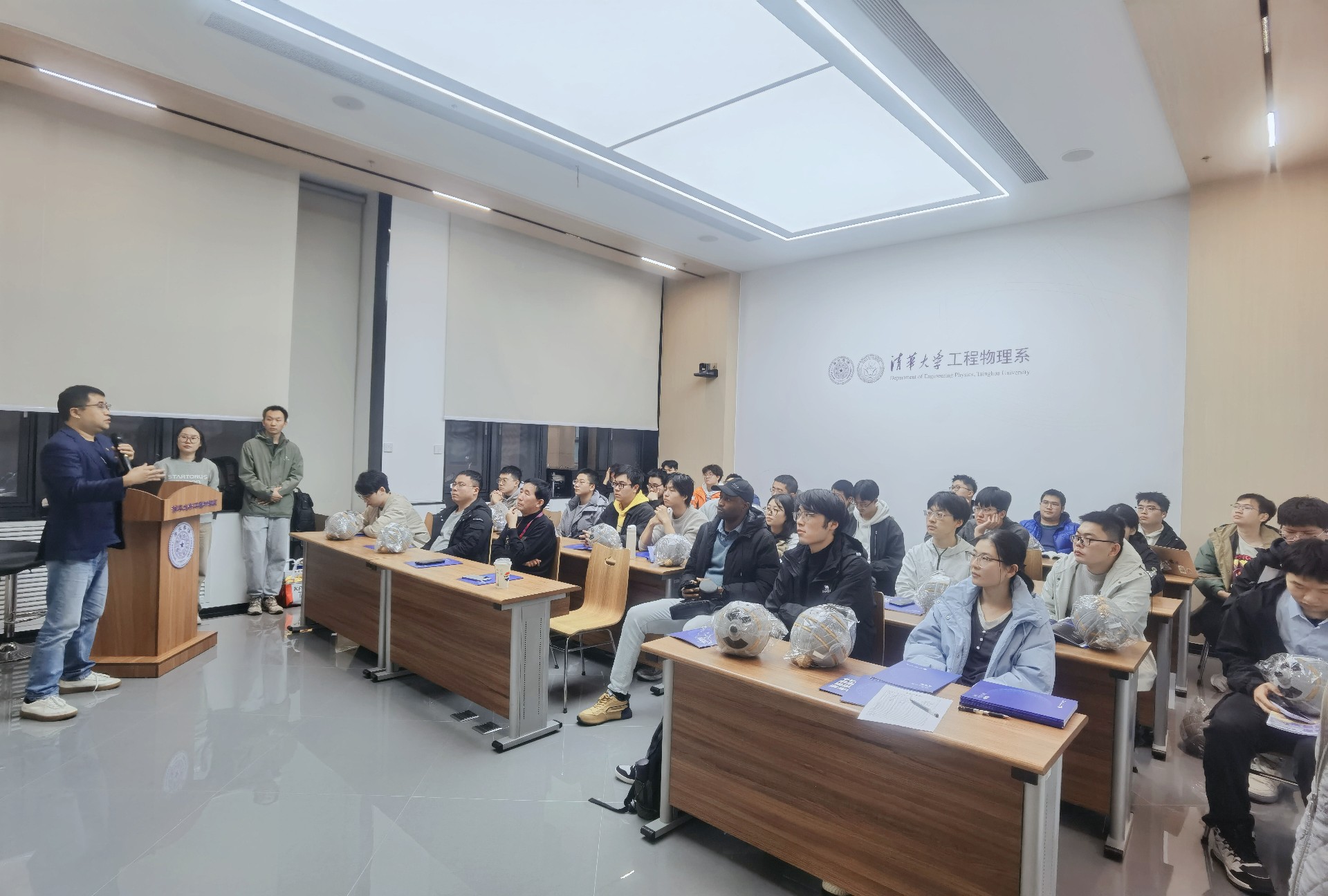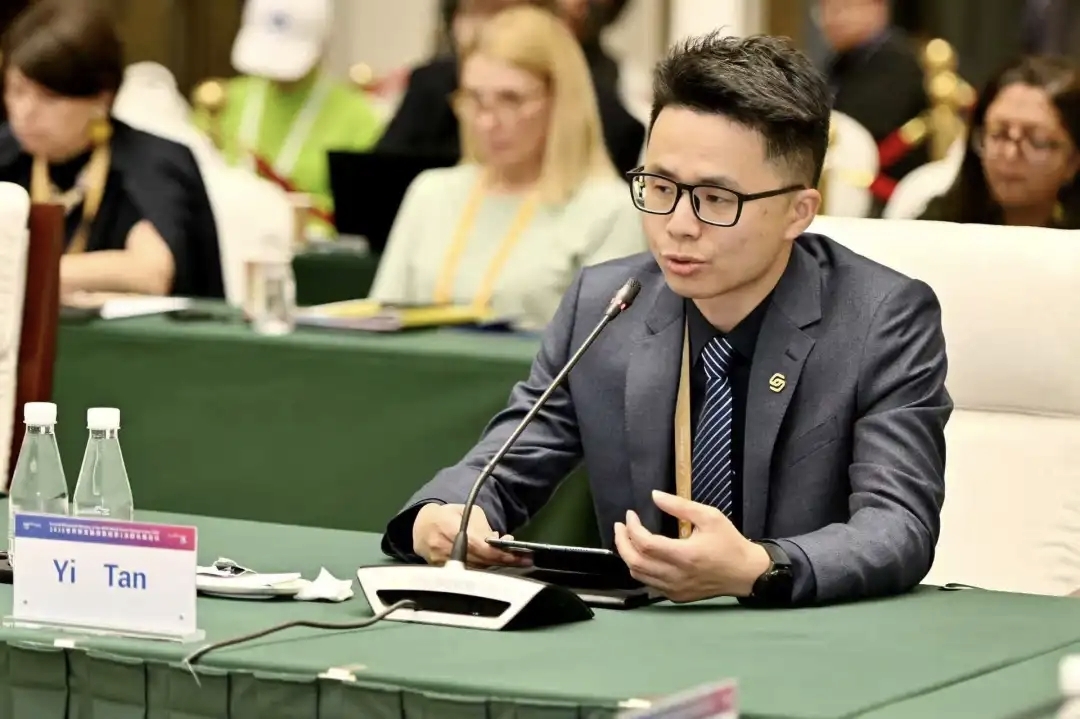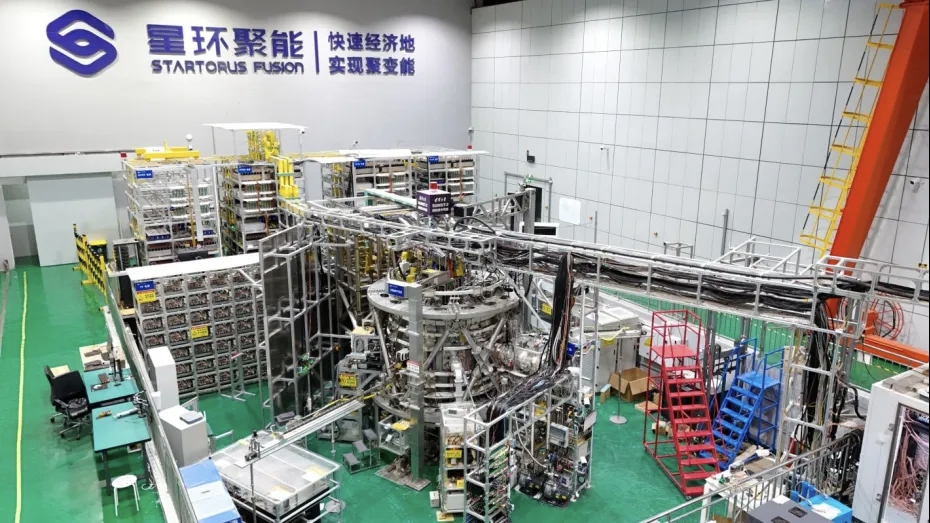“I suggest China should consider compact HTS tokamaks with strong magnetic fields as a backup solution to our fusion technology innovation while forging ahead on the mature path represented by ITER. In order to ensure China’s international competitiveness in this field over a long term, we should promote the market-oriented and industrialized development of fusion and provide policy, investment, and talent support.”
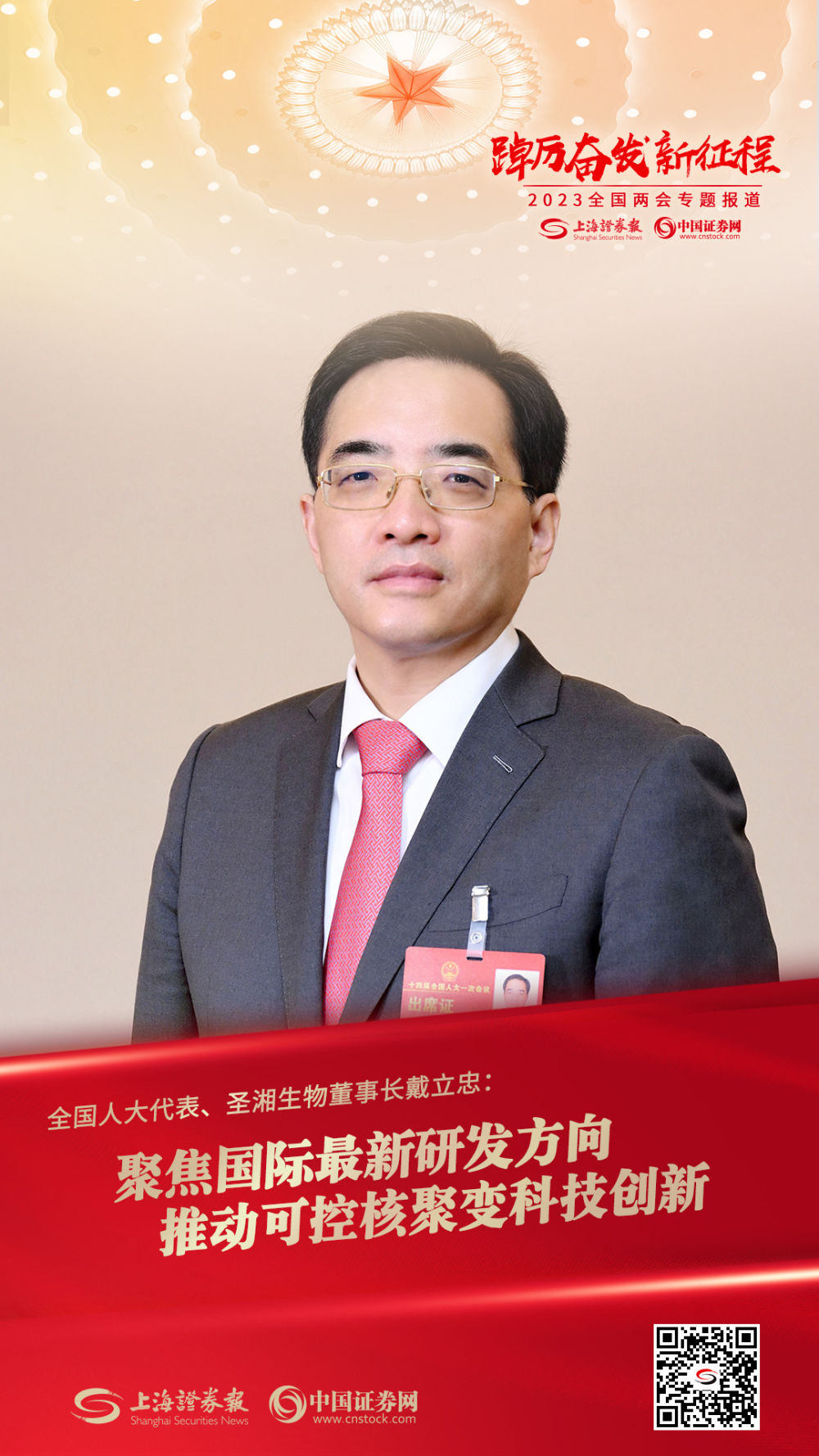
Fusion energy is among the ultimate answers to our energy problems and research into controlled nuclear fusion bears strategic significance. Once achieved, fusion energy will offer the world almost inexhaustible clean energy, free humans from energy constraints, and promote the development of human civilization into the next stage.
1. China’s Confidence: Leave the Realization of Fusion to Us
At the start of 2023, the big-hit movie The Wandering Earth 2 went viral online because of its bold imagination and awe-inspiring sci-fi scenes. More importantly, it drew the attention of Chinese people to nuclear fusion. A poster released by China National Nuclear Corporation (CNNC) on Sina Weibo also became a hot internet topic, together with the hashtag “Dream the biggest dream and leave the realization work to us”. Internet users were thrilled by the interaction between science and sci-fi elements.

Fig.1 # Dream the biggest dream and leave the realization work to us#
Poster Source: Official account of CNNC
“This demonstrates CNNC’s commitment as a central enterprise and its confidence in technological strength. Our scientists are working to fulfill the words of “leave the realization of fusion to us”, sparing no efforts to find out the key to the ultimate energy, and showing China’s power in fusion research and development to the world, said Duan Xuru, member of the National Committee of the Chinese People’s Political Consultative Conference and CNNC’s chief expert in fusion reactor technologies.
In 2006, China, the EU, the US, Russia, Japan, Korea and India signed the ITER agreement, one of the largest and most influential international scientific projects across the globe. According to Duan Xuru, China has made rapid progress in fusion research in the years after the ITER agreement and improved device construction capabilities. Instead of a follower in magnetic-confinement fusion research, China has become one of the leading runners and some technologies have reached the world’s top level.
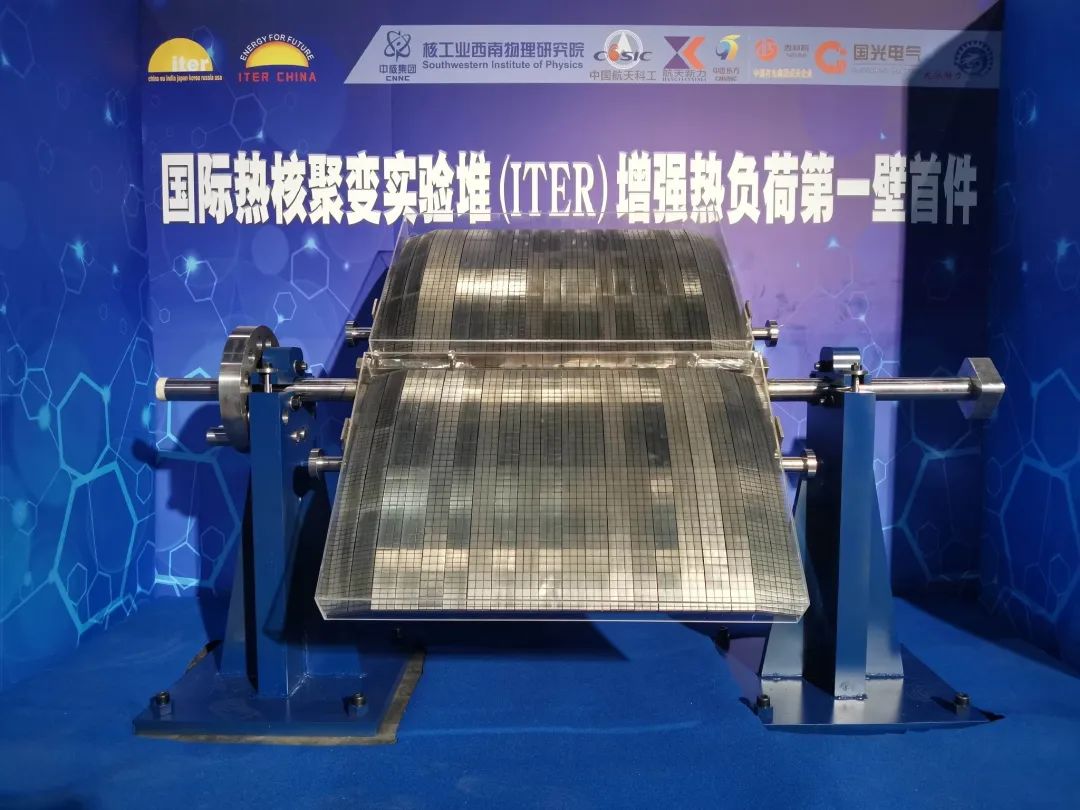
Fig.2 The first ITER enhanced heat load first wall
In November 2022, the core component “firewall” of the world’s largest “artificial sun” made significant progress in China. The first piece of the enhanced heat load first wall of the ITER project was completed, marking China’s global leadership in this core technology and amplifying China’s voice in this field. China’s magnetic-confinement fusion research has achieved leapfrog development.
Based on this, Lu Tiezhong, chairman of CNNC, said that (China’s) nuclear fusion research is at the forefront of the world. Now the goal remains unchanged. The first electricity generated by nuclear fusion must be produced in China.”
At the Tencent Science WE Summit 2022, Li Jiangang, an academician of the Chinese Academy of Engineering, also showed the confidence of Chinese fusion researchers: “We Chinese fusion researchers have a dream that if there is a lamp that can be lit by fusion energy in the future, it must be lit in China.”
Li Jiangang has been engaged in magnetic-confinement fusion research and plasma physics experimental research for a long time. He is the one who initiated EAST, China’s artificial sun. Since EAST’s first successful discharge in 2006, it has achieved a series of major breakthroughs and has developed into an important experimental platform for international research into high-performance long-pulse plasma.
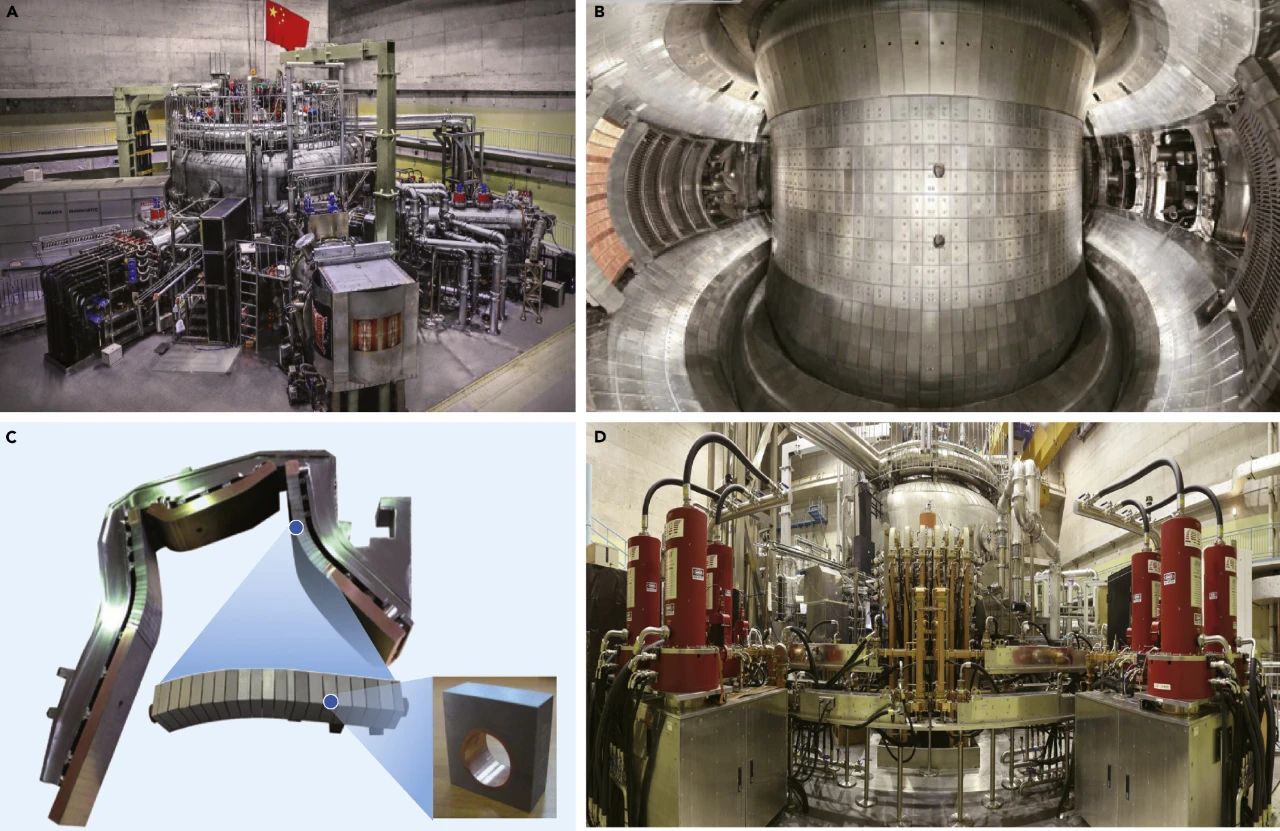
Fig.3 The world’s first superconducting tokamak EAST (short for Experimental Advanced Superconducting Tokamak)
In 2022, EAST set two new world records, achieving repeated plasma operation at 120 million degrees Celsius for 101 seconds and at 70 million degrees Celsius for 1,056 seconds. “The next step is to achieve operation at hundreds of millions of degrees Celsius for over a thousand seconds, and even operate without time limitations, so that we could lay a solid foundation for future power generation. We are also promoting the construction of the China Fusion Engineering Test Reactor (CFETR) to collaboratively realize the dream of 'ultimate energy' with the international community”, said Li Jiangang.
2. China’s Efforts: Emulate, Exceed, and Take the Lead
Although we have made progress in the field of fusion, transitioning from trailing to keeping pace with global leaders and even taking the lead in certain technologies, we need to acknowledge that there is still a certain gap in terms of technological maturity, policy improvement, and especially the path of fusion commercialization.
01 Draw on Global Technological Experience
During this year’s Two Sessions, Dai Lizhong, deputy to the National People’s Congress and Chairman of Shenzhen Sansure Biotech, focused on frontier technologies and proposed the “Recommendation on Promoting the Development of Small-scale Controlled Fusion Devices through Market-oriented and Industrialization Approaches.” The proposal suggests that China should delve into new directions and changes in controlled fusion research and development, introduce relevant industrial policies, and promote the development of high-temperature superconducting (HTS), strong-magnetic small-scale controlled fusion devices through market-oriented and industrialization approaches, to ensure China’s long-term international competitiveness in this critical field.
Over the past five years, a new technological pathway that could significantly reduce the construction cost of controlled fusion devices has gradually matured, with the large-scale industrial application of HTS materials. The strong-magnetic, small-scale tokamak technology based on HTS materials holds the potential to greatly lower the cost of fusion devices, with a shorter construction period of 3 to 4 years. This not only considerably shortens the technological iteration cycle but also enables preliminary commercialization potential for fusion power generation.
The UK-based Tokamak Energy has been at the forefront in this regard and is worth learning from.
The company constructed its first compact spherical tokamak, the ST25, in 2012. In 2015, it pioneered the combination of a compact spherical tokamak with HTS technology, creating the world’s first fully HTS tokamak device, the ST25 HTS, and demonstrated a world record-breaking plasma operation that lasted 29 hours. In 2017, Tokamak Energy built a new generation reactor, the ST40, and achieved a plasma temperature of 100 million degrees Celsius in March last year, marking a milestone in privately-funded nuclear fusion research. The company has already announced plans to develop a new prototype device, the ST80-HTS spherical tokamak, with construction set to begin in 2024.
In light of this, Dai Lizhong suggests a thorough study of the new directions and advances in controlled fusion research achieved internationally over the past five years, particularly regarding progress in HTS, strong-magnetic, small-scale tokamak devices. This recommendation aims to lay a foundation for surpassing other countries comprehensively on the path towards commercializing fusion in China.
At the same time, he suggests that China should consider the HTS compact tokamak as a backup route for fusion technology innovation in China, while continuing to advance along the mature route represented by ITER. This should be promoted through market-oriented and industrialization approaches, with support provided in policies, investments, and talent cultivation to ensure China’s long-term international competitiveness in this critical field.
02 Improve China’s Policy Systems
Establishing a licensing and regulatory framework and related policies for fusion energy is key to the successful commercialization of fusion energy.
As early as 2019, the U.S. Congress passed the Nuclear Energy Innovation and Modernization Act. This act directed the Nuclear Regulatory Commission (NRC) to establish a regulatory framework for fusion energy by December 31, 2027, to support the development and commercialization of advanced nuclear reactors.
In September of last year, NRC issued a white paper on "Licensing and Regulation of Fusion Energy Systems," proposing regulatory options for fusion energy and highlighting the importance of establishing a clear “fusion energy licensing and regulatory framework” to regulate the fusion industry and promote its robust development in the coming years.
The United Kingdom was an early adopter of fusion energy strategies. In October 2021, the UK government released a fusion energy strategy along with a green paper on fusion regulation, presenting regulatory approaches for fusion energy systems. In June of last year, the government confirmed its intention to legislate regulatory measures for fusion energy, separating it from the regulation and licensing processes for existing nuclear facilities.
On the other hand, China currently lacks a comprehensive development, industrial, and policy system for fusion energy technology. Duan Xuru suggested leveraging China’s existing nuclear science and technology industry system to accelerate the development of fusion energy and achieve technological self-reliance at a high level, contribute to the goals of carbon neutrality, promote the construction of a new energy system, and ensure national energy security. China should strengthen top-level design and coordination, purposefully guide and mobilize advantageous units of nuclear engineering to actively participate in fusion energy development, promote coordinated collaboration and division of labor among relevant units to advance key fusion reactor technology, gradually improve China’s fusion energy technology R&D and industrial system, and boost the high-quality development of nuclear fusion energy research and development.
3. Conclusion
The improvement of China’s technological maturity and policy systems in the field of nuclear fusion will spur a bigger capital flow into the specific field. With that, domestic fusion startups will enjoy new development opportunities.
Hand in hand, we’ll generate the first kilowatt-hour of and light the first bulb with fusion electricity in China, achieving our shared vision.


